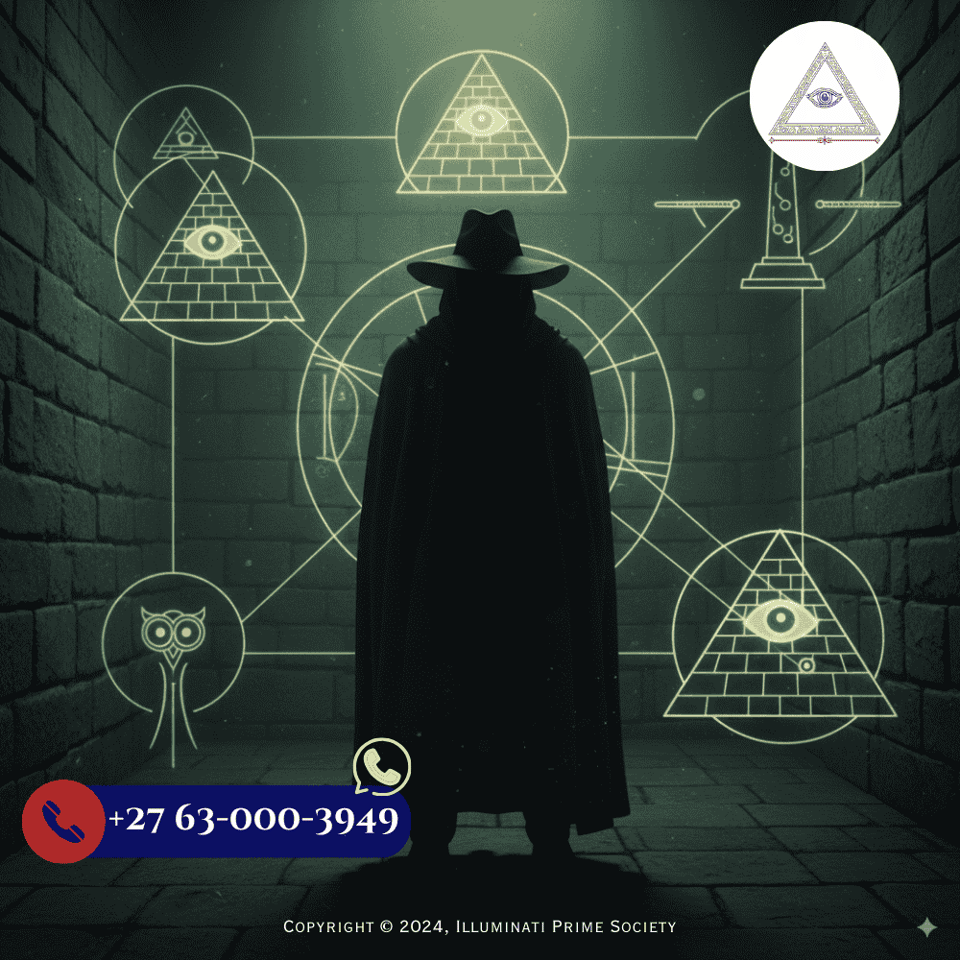Dive into the shadowy world of Illuminati conspiracy theories with these must-watch YouTube...
Unraveling Illuminati Conspiracy Theories Online

Unearth the mysteries behind one of the most enduring conspiracy theories of all time and discover why the Illuminati continues to captivate the online world.
To guide you deeper into the Illuminati ecosystem, talk to us:
-
“Ready to share your success story?” → Contact Form
-
“Learn directly from Agent Alexander Sterling” → Agent’s Blog
-
“Speak privately about your path” → Talk to Agent on WhatsApp ✅
- “Explore more member journeys” → /illuminati-member-testimonials
- "Illuminati in Modern Culture" → /illuminati-modern-culture
The Origins of Illuminati Conspiracy Theories
The Illuminati conspiracy theories trace their origins back to the Bavarian Illuminati, a secret society founded on May 1, 1776, by Adam Weishaupt. The group's initial aim was to promote Enlightenment ideals and challenge the religious and political norms of the time. However, the society was disbanded by the Bavarian government in 1785, which only fueled rumors and speculations about its continued existence.
Over the centuries, various events and cultural shifts have reignited interest in the Illuminati. Theories often suggest that the Illuminati secretly controls world events, governments, and economies, perpetuating the idea that a shadowy elite group manipulates global affairs.
Prominent Figures and Alleged Members
Prominent conspiracy theories often allege that influential figures in politics, entertainment, and business are members of the Illuminati. Names like Jay-Z, Beyoncé, Barack Obama, and even historical figures like George Washington are frequently mentioned in these theories.
These allegations are typically based on symbolic interpretations of personal logos, public gestures, and thematic elements in media, which conspiracists claim are coded messages or signs of Illuminati affiliation. However, there is no concrete evidence to support these claims, making them a staple of speculative online discussions.
The Role of Social Media in Spreading Conspiracy Theories
Social media platforms have played a significant role in the proliferation of Illuminati conspiracy theories. Sites like YouTube, Twitter, and Facebook allow users to share and amplify content rapidly, leading to widespread dissemination of these ideas.
Algorithms that prioritize engaging content often favor sensationalist conspiracy theories, further entrenching them in online communities. Memes, videos, and viral posts can spread misinformation quickly, making it challenging to separate fact from fiction.
Debunking Common Myths About the Illuminati
One common myth is that the Illuminati is a unified, all-powerful group that controls global events. In reality, the original Illuminati was a relatively small and short-lived organization with limited influence.
To guide you deeper into the Illuminati ecosystem, talk to us:
-
“Ready to share your success story?” → Contact Form
-
“Learn directly from Agent Alexander Sterling” → Agent’s Blog
-
“Speak privately about your path” → Talk to Agent on WhatsApp ✅
- “Explore more member journeys” → /illuminati-member-testimonials
- "Illuminati in Modern Culture" → /illuminati-modern-culture
Another myth is the belief that Illuminati symbols, such as the all-seeing eye or pyramids, are hidden in plain sight in corporate logos, currency, and architecture. While these symbols have historical significance, their presence in modern contexts is often coincidental or rooted in broader cultural references rather than evidence of a secret society.
The Psychological Appeal of Conspiracy Theories
Conspiracy theories like those surrounding the Illuminati often appeal to people because they provide simple explanations for complex events. They offer a sense of understanding and control in a seemingly chaotic world.
Psychologically, believing in conspiracy theories can fulfill certain emotional needs, such as the desire for uniqueness or the need to feel informed and vigilant against hidden threats. This makes them particularly resilient to debunking efforts, as adherents may view counterarguments as further proof of the conspiracy.
.png?width=100&height=100&name=Illuminati%20Prime%20Society%20Logo%20(1).png)


